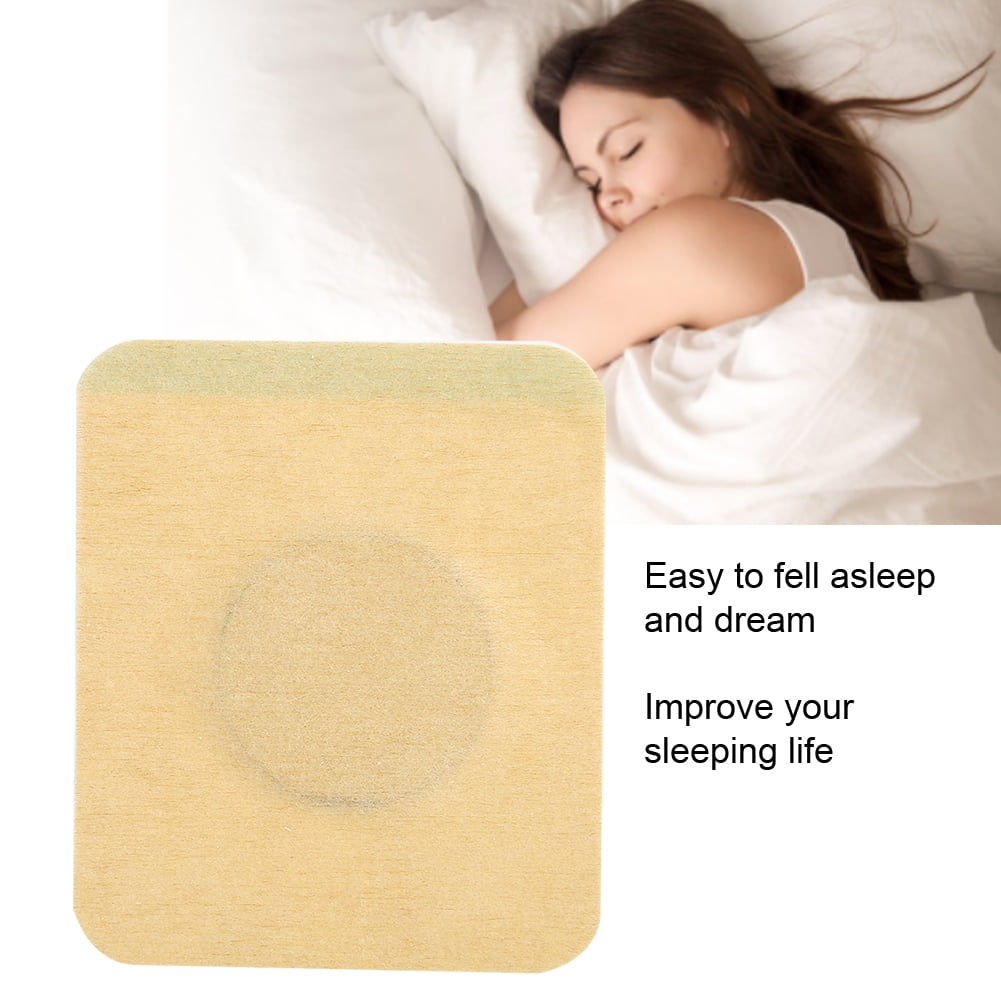
So what's a chronotype? People are morning people or evening people, and some people are very morning people and some very evening people. So the first question is: Is it your chronotype? Are you fighting your chronotype? We all know that there are times in our lives when we really didn't want to go to sleep and someone sent us to bed, and it wasn't our time yet. So the average time to get to sleep is about a half an hour, if you're sleepy and you're going to bed on time. Now, the first question, is it really hours, or does it just feel like hours? Talk to your doctor or pharmacist to make sure an antihistamine is safe to take along with any other medications you may use.So it takes you a long time to go to sleep. Common side effects of these options include daytime sleepiness, dizziness, confusion, a decline in thinking skills, and trouble peeing, especially in older adults. Most over-the-counter medicines have antihistamines, which make you drowsy. You can get some sleep medications without a prescription. Talk to your doctor about these risks and any side effects to watch out for if you use these medications. You can also become addicted to some prescription sleep aids. These medications can come with side effects such as grogginess during the day and a risk of falling. Melatonin receptors, such as ramelteon (Rozerem).Antidepressants, such as doxepin and trazodone (Oleptro).Nonbenzodiazepines, such as eszopiclone ( Lunesta), zaleplon ( Sonata), and zolpidem ( Ambien, Edluar, Intermezzo).Benzodiazepines, such as estazolam, flurazepam, quazepam ( Doral), temazepam ( Restoril), and triazolam ( Halcion).Types of prescription sleep medications include: So typically, they’re not a good option if you have long-term insomnia. You shouldn’t use most sleep medications beyond a few weeks. The goal is to take them just long enough to get your sleep back on track. Prescription sleep medications can help you fall asleep, stay asleep, or both. Your doctor can help you select an over-the-counter medication or prescribe a sleeping pill. Typically, you’ll go for four to eight sessions. You can have CBT-I by yourself or in a group. If you fall asleep too early and wake up too early, a light box or natural light can help push your body’s internal clock back. Instead of trying to sleep when you get in bed, you try to stay awake in hopes of “tricking” your body out of the usual anxiety that goes along with trying to fall asleep. In this method, you stay out of bed and don’t let yourself sleep until a preset time, so your body is sleep-deprived and you feel more tired the next night. Deep breathing, muscle relaxation, and biofeedback are all ways to get your body in the right state for sleep. Your therapist will make sure you have good sleep habits. Doctors typically go to CBT-I to treat insomnia before trying medications.ĬBT-I teaches you different techniques to improve sleep, which include: This is a type of talk therapy that can help change the way you think about sleep so that you can get more of it. If healthy sleep habits don’t get you the sleep you need, your doctor may suggest cognitive behavioral therapy for insomnia (CBT-I). Find a routine that helps you wind down, such as a warm bath, soft music, or reading before bed.Ĭognitive Behavioral Therapy for Insomnia (CBT-I)
#Insomnia help now free
Make it dark, quiet, cool, and free of electronics. The effects can last for hours, so if you have to have it, make sure it’s early in the day.

If you need your nap, keep it under 30 minutes and finish it before 3 p.m. Don’t let daytime sleep rob you of nighttime sleep. Sometimes, when you exercise too close to bedtime, it can keep you awake.

Try to get your workout in at least a few hours before bedtime. Go to bed and get up as close to the same time every day as possible. Either way, most likely, the first thing your doctor will tell you to do is take up good sleep habits. Other times, you may need further treatment. Sometimes, lifestyle changes are enough to get your sleep back on track.

Or your insomnia may be chronic, which means it is ongoing. You may also have short-term insomnia, brought on by a change in schedule or other source of stress.

Secondary insomnia is the result of another problem, such as a medical condition or substance abuse, that disrupts your sleep. When you have primary insomnia, it means you have trouble sleeping because of insomnia itself, and not a health condition or something happening in your life.
#Insomnia help now professional
Depending on the type of your condition and how severe it is, your doctor may suggest new sleeping habits or lifestyle changes first before moving on to therapy with a mental health professional and then medications. Doctors can offer several treatments for insomnia.


 0 kommentar(er)
0 kommentar(er)
